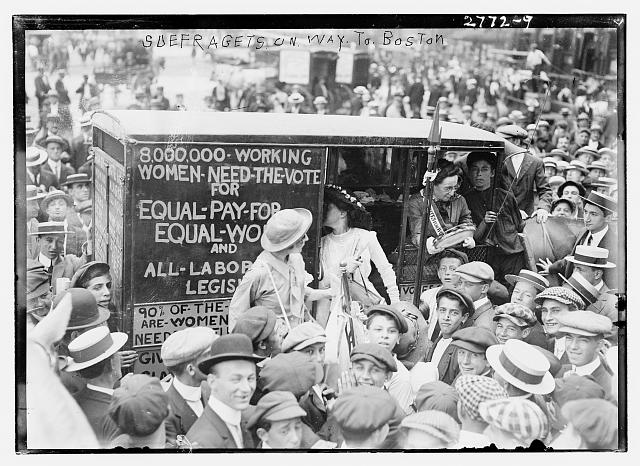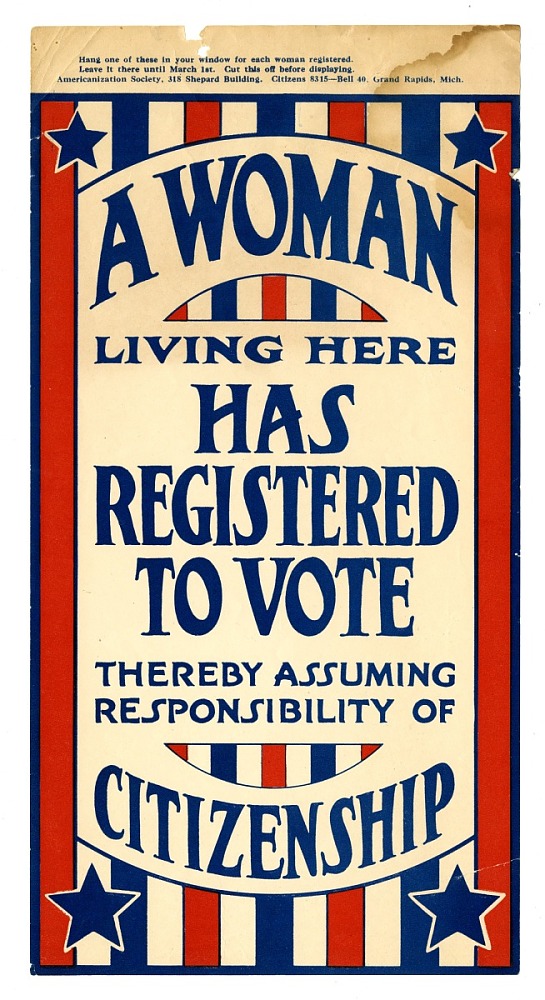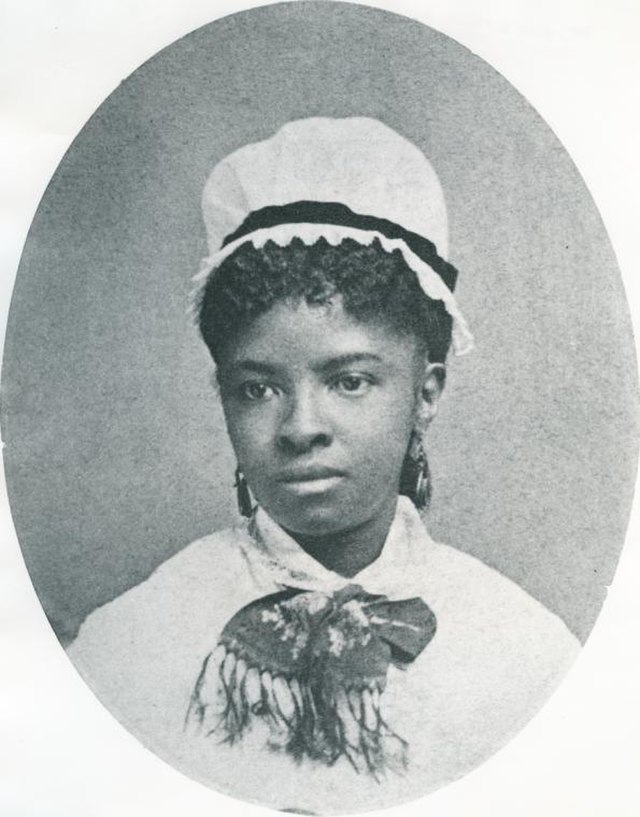It’s in the books: Boston’s new women voters in 1920
In 1920, over 50,000 newly enfranchised women registered to vote in Boston.
By Dr. Laura Prieto
The women of Boston started lining up on August 18, 1920, the day after Tennessee ratified the Nineteenth Amendment. That amendment, granting voting rights to women across the U.S., had not even been certified yet. But with Tennessee, it had won ratification in the necessary number of states, so it was only a matter of time until it became official. Boston’s women did not want to wait any longer. They had been allowed to vote only in school board elections and even that only starting in 1878. The Nineteenth Amendment gave them equal voting rights with men — and they showed up by the thousands every day to claim those rights. By October 13, the last day to register for the upcoming presidential election, over 50,000 newly enfranchised women had registered to vote in Boston.
Women’s names fill several dozen volumes of City of Boston Voter Registration books for those couple of months in 1920 alone. The oversized ledgers, handwritten by election officials, contain a wealth of information about each new voter. To register, she had to record her name, address, place of birth, age, and occupation. She might have to provide additional data about her naturalization as a U.S. citizen, as well as where her husband was born, because in 1920 a married woman’s citizenship status was tied to her husband’s.
These rich sources tell us a great deal about the women who stepped forward to claim their suffrage rights in 1920. Boston’s new women voters reflect the diversity of the city’s population. They were housewives and factory workers, nurses and sales clerks, stenographers and laundresses. They included immigrants and Black women from the South who had migrated North in search of opportunity. They ranged from twentysomethings to octogenarians. Each woman has a story worth knowing. The voter registration books show patterns and connections to their communities and to the life of the City as well.
The Mary Eliza Project is a new digital initiative to make this important data publicly accessible and fully searchable for the first time. The Boston City Archives is collaborating with Dr. Laura R. Prieto, Chair of Public Humanities at Simmons University’s Ifill College, and a team of her students to digitize, transcribe, annotate, and study Boston’s Registers of Women Voters. Our project name honors Mary Eliza Mahoney (1845-1926), a pioneering African American nurse and civil rights activist, and a new Boston voter in 1920. Today we are thrilled to share our completed work on the first set of books, from Ward 6. We look forward to hearing what the database helps you discover — about your own family history, women’s history, voting rights, the City of Boston, and more!
Further Reading- 'Women Take the Ballot Seriously’: Boston Women in the 1920 Election, Boston National Historical Park
- Boston Women Register to Vote, Boston National Historical Park
Dr. Laura R. Prieto is a professor of History and Women's and Gender Studies and the Alumni Chair of Public Humanities at Simmons University in Boston. You can follow her at LauraRPrieto.com.




